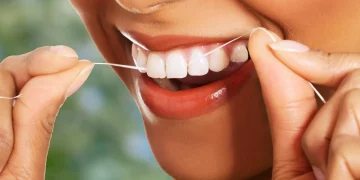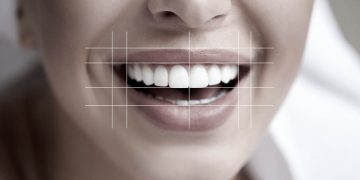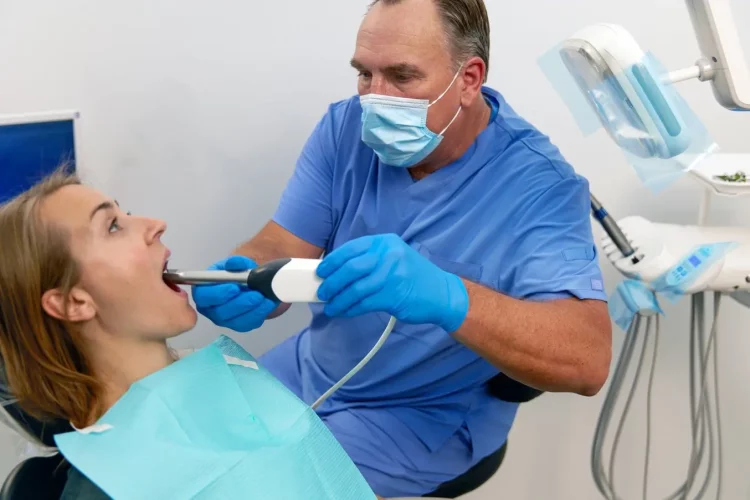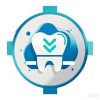The advent of digital dentistry has revolutionized the dental field, offering a significant leap forward in both treatment precision and patient care. From advanced imaging techniques to computer-assisted treatment planning, digital tools enable dentists to perform procedures with unprecedented accuracy, speed, and efficiency. In this article, we’ll explore how digital technologies are improving treatment outcomes and enhancing precision in dental procedures.
What is Digital Dentistry?
Digital dentistry refers to the use of digital technologies in the planning, diagnosis, treatment, and monitoring of dental procedures. This includes the use of digital imaging, 3D printing, CAD/CAM systems, laser treatments, and computer-assisted designs to enhance dental procedures and outcomes. These tools streamline the process, reduce human error, and often result in faster healing times and more predictable results.
Key Digital Dentistry Technologies and Their Benefits
1. 3D Imaging and Digital X-Rays
Technology: 3D imaging techniques, such as Cone Beam Computed Tomography (CBCT), and digital X-rays provide highly detailed, three-dimensional views of the teeth, bones, and soft tissues.
Benefits:
- Enhanced Accuracy: 3D imaging provides a clear view of hard-to-see structures, such as impacted teeth or hidden bone defects, allowing for more accurate diagnoses and treatment planning.
- Reduced Radiation Exposure: Digital X-rays use far less radiation than traditional X-rays, making them safer for patients.
- Better Treatment Planning: Dentists can virtually manipulate the images to plan procedures like implants, extractions, and root canals with more precision.
How It Improves Treatment: By offering detailed views of the patient’s oral anatomy, digital imaging ensures that procedures are planned with the utmost precision, reducing the risk of errors and complications.
2. CAD/CAM Technology (Computer-Aided Design and Computer-Aided Manufacturing)
Technology: CAD/CAM is used for the design and manufacturing of dental restorations like crowns, bridges, veneers, and dentures. The process involves capturing detailed 3D scans of the teeth and using specialized software to design restorations, which are then fabricated using a milling machine or 3D printer.
Benefits:
- Precision and Fit: The digital designs are created with high precision, ensuring that the restorations fit perfectly without the need for adjustments during the procedure.
- Faster Turnaround: Traditional dental crowns or bridges typically require multiple visits over weeks, but CAD/CAM technology allows for same-day restorations, reducing the number of appointments and enhancing convenience.
- Reduced Need for Temporary Restorations: With CAD/CAM, restorations can be created and fitted in one visit, minimizing the need for temporary fixes and enhancing patient comfort.
How It Improves Treatment: CAD/CAM technology allows dentists to create precise, custom restorations tailored to a patient’s unique dental structure, ensuring better fitting and more natural-looking results.
3. Digital Impressions
Technology: Traditional impressions involve biting down on a tray filled with a soft material to capture the shape of your teeth. Digital impressions use 3D scanning technology to capture a detailed, precise image of the teeth and gums.
Benefits:
- Comfortable: Unlike traditional impressions, digital impressions are less invasive, more comfortable, and don’t involve any mess or unpleasant material in the mouth.
- High Accuracy: Digital impressions are more precise, reducing the likelihood of errors and the need for retakes.
- Faster: The digital data is instantly available for use in designing crowns, bridges, and other restorations, speeding up the treatment process.
How It Improves Treatment: Digital impressions enhance precision and eliminate the discomfort and potential inaccuracies associated with traditional impressions, leading to better-fitting restorations and faster results.
4. Laser Dentistry
Technology: Laser technology is increasingly being used in a variety of dental treatments, from soft tissue surgeries (such as gum contouring or frenectomy) to hard tissue procedures (like cavity preparation or tooth removal).
Benefits:
- Minimally Invasive: Lasers are precise and cause minimal damage to surrounding tissue, promoting faster healing times and reducing post-procedure discomfort.
- Bloodless Surgery: Laser treatments can seal blood vessels during procedures, reducing bleeding and the risk of infection.
- Increased Precision: Lasers allow for highly precise cutting, making treatments like gum reshaping or cavity removal more accurate.
How It Improves Treatment: Laser dentistry enhances the precision of procedures, minimizes discomfort, and accelerates healing, leading to better outcomes and a more comfortable experience for patients.

5. 3D Printing
Technology: 3D printing is used to create dental models, prosthetics, surgical guides, and even orthodontic aligners. The process involves creating a three-dimensional object by printing successive layers of material based on a digital file.
Benefits:
- Custom Prosthetics: 3D printing allows for the creation of custom dental implants, crowns, and bridges tailored to the individual patient’s anatomy.
- Speed and Efficiency: 3D printing speeds up the process of making dental devices, reducing turnaround times for prosthetics and restorations.
- Cost-Effective: By reducing the time and labor involved in producing dental models and devices, 3D printing makes certain dental treatments more affordable.
How It Improves Treatment: 3D printing allows for precise, customized solutions and reduces production time, helping to create highly accurate prosthetics and treatment devices for a faster and more effective recovery.
6. Artificial Intelligence (AI) in Diagnosis and Treatment Planning
Technology: AI-powered systems can assist in diagnosing dental conditions and planning treatments. These systems analyze large amounts of patient data, including medical histories, imaging scans, and test results, to provide insights and predictions.
Benefits:
- Improved Diagnosis: AI can detect dental issues earlier and more accurately by analyzing images and identifying patterns that might be overlooked by human professionals.
- Predictive Analytics: AI can forecast the progression of certain conditions, helping dentists plan more effective treatments.
- Personalized Care: AI enables dentists to create personalized treatment plans based on detailed analysis of patient data.
How It Improves Treatment: AI-driven technologies can improve the accuracy of diagnoses and help create more effective, tailored treatment plans, leading to better outcomes and less risk of complications.
How Digital Dentistry Improves Treatment Accuracy and Precision
1. Better Visualization and Planning
- Enhanced imaging allows dentists to visualize complex oral structures in 3D, making it easier to identify problems and plan procedures with precision.
- Digital impressions eliminate human error and improve the fit and function of dental restorations.
2. Faster, More Efficient Procedures
- CAD/CAM systems reduce the time required for creating and fitting restorations, improving both efficiency and patient satisfaction.
- 3D printing allows for quick production of crowns, bridges, and other dental appliances, reducing the wait time for patients.
3. Reduced Margin for Error
- Digital tools are more precise than traditional methods, leading to fewer mistakes, better fitting restorations, and more successful treatments.
4. Minimally Invasive Options
- Technologies like laser dentistry offer highly precise procedures with minimal discomfort and a faster recovery time, improving overall treatment outcomes and reducing the risk of complications.
Conclusion
The integration of digital dentistry technologies has significantly improved the accuracy, efficiency, and patient comfort in dental care. By enhancing the precision of diagnostic imaging, treatment planning, and restorative procedures, these digital tools allow dentists to deliver better, more predictable results. Whether it’s through advanced imaging, CAD/CAM restorations, or laser treatments, digital dentistry is revolutionizing the way dental care is delivered, ensuring that patients receive the highest standard of treatment with improved outcomes and a more comfortable experience.
Embracing these technologies not only enhances the overall treatment process but also contributes to the long-term health and satisfaction of patients.













































Discussion about this post